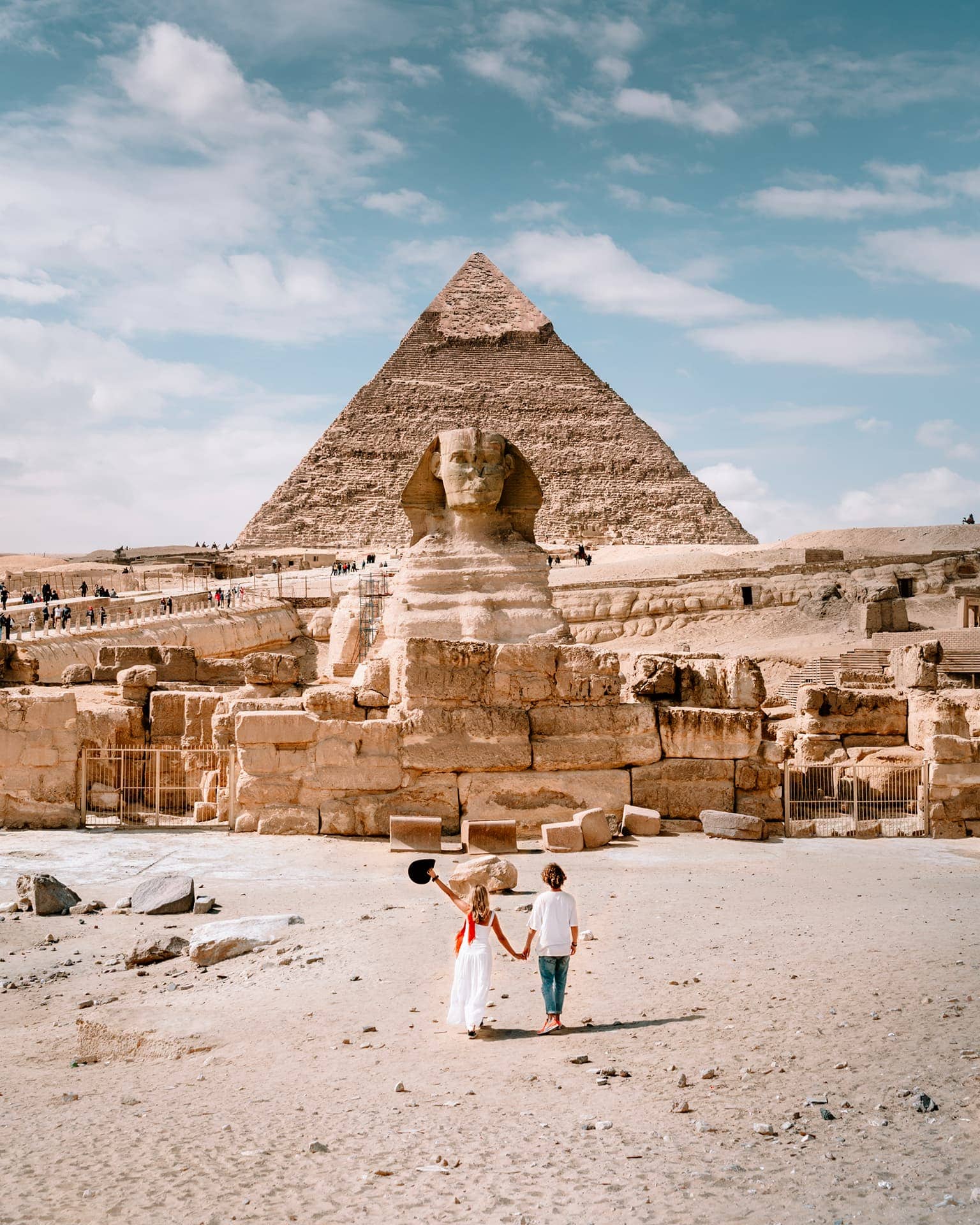The Pyramid of Pepi I, also known as "Pepi I's Pyramid" or "Pepi I's Tomb," is an ancient Egyptian pyramid located in Saqqara, Egypt, dating back to the Sixth Dynasty of the Old Kingdom (circa 2300 BCE). Here are more detailed insights into this significant historical monument:
1. **Pharaoh Pepi I**: The pyramid was built as the final resting place for Pharaoh Pepi I, who ruled Egypt during the later part of the Sixth Dynasty. Pepi I was one of the most powerful rulers of the dynasty and contributed to the expansion of Egypt's influence.
2. **Architecture**: The Pyramid of Pepi I follows the typical architectural style of Old Kingdom pyramids, characterized by a square base and sloping sides. Originally standing around 52 meters (170 feet) tall, the pyramid was constructed using limestone blocks and encased in polished Tura limestone.
3. **Pyramid Complex**: Surrounding the pyramid, there was once a complex of structures including a mortuary temple, causeway, valley temple, and subsidiary pyramids for the pharaoh's queens. These elements formed an integral part of the royal funerary cult.
4. **Interior Chambers**: The pyramid contains a series of chambers and passages designed for the burial of Pharaoh Pepi I and his funerary goods. The burial chamber, located deep within the pyramid, housed the king's sarcophagus.
5. **Decorations and Inscriptions**: The interior walls of Pepi I's pyramid are adorned with intricate reliefs and inscriptions depicting scenes from the pharaoh's life, religious rituals, and offerings to ensure his successful transition to the afterlife. These decorations include hieroglyphic texts known as Pyramid Texts, which are spells and incantations intended to assist the king in the afterlife.
6. **Excavations and Discoveries**: Archaeological investigations of the Pyramid of Pepi I have uncovered valuable artifacts and evidence related to the pharaoh's reign and burial practices. Excavations have revealed the layout and architectural features of the pyramid complex.
7. **Historical Significance**: Pepi I's pyramid is historically significant as it represents the continuation of royal pyramid building during the later stages of the Old Kingdom. It reflects the religious beliefs and cultural practices of ancient Egypt, particularly concerning kingship and the afterlife.
8. **Tourism and Conservation**: Today, the Pyramid of Pepi I is open to tourists, although it receives fewer visitors compared to the more famous pyramids at Giza. Efforts are ongoing to preserve and protect the pyramid and its surrounding structures for future generations.
In summary, the Pyramid of Pepi I is an important archaeological site that provides valuable insights into ancient Egyptian kingship, religion, and funerary customs during the Sixth Dynasty. Its well-preserved architecture and decorated interior contribute to our understanding of Egypt's rich history and culture.
 English
English











